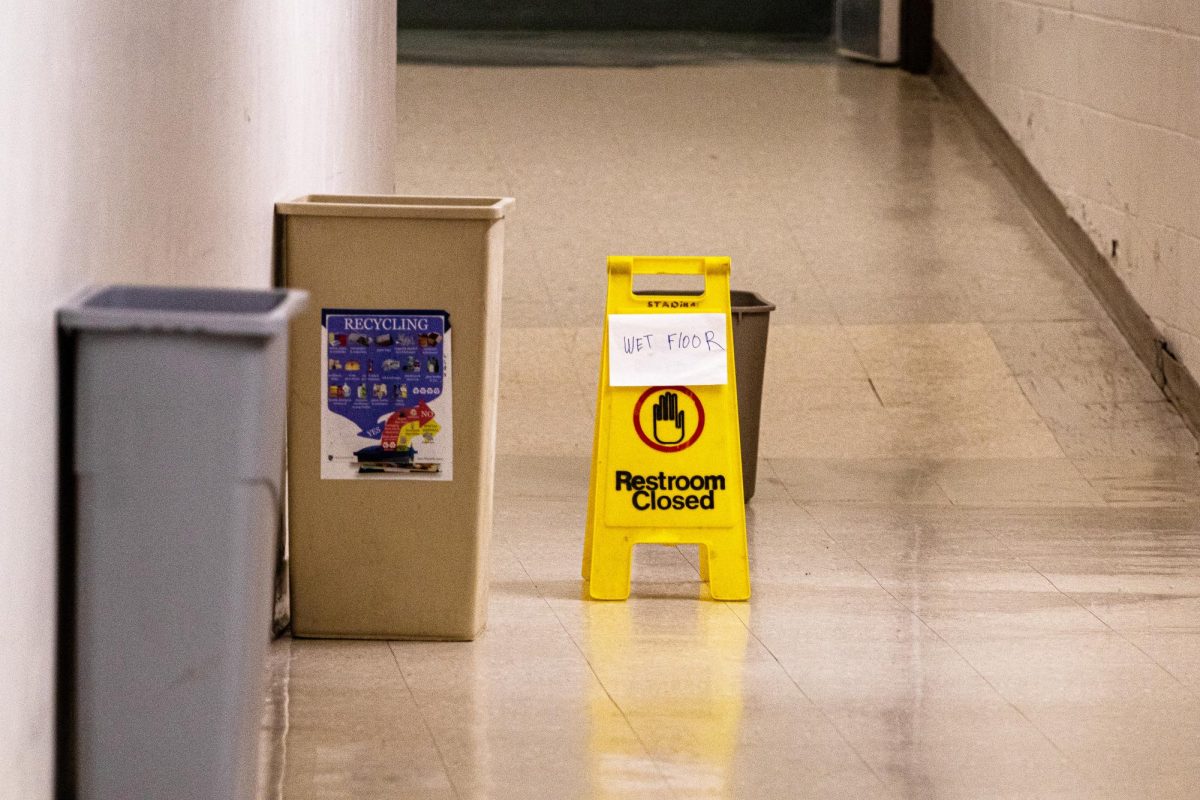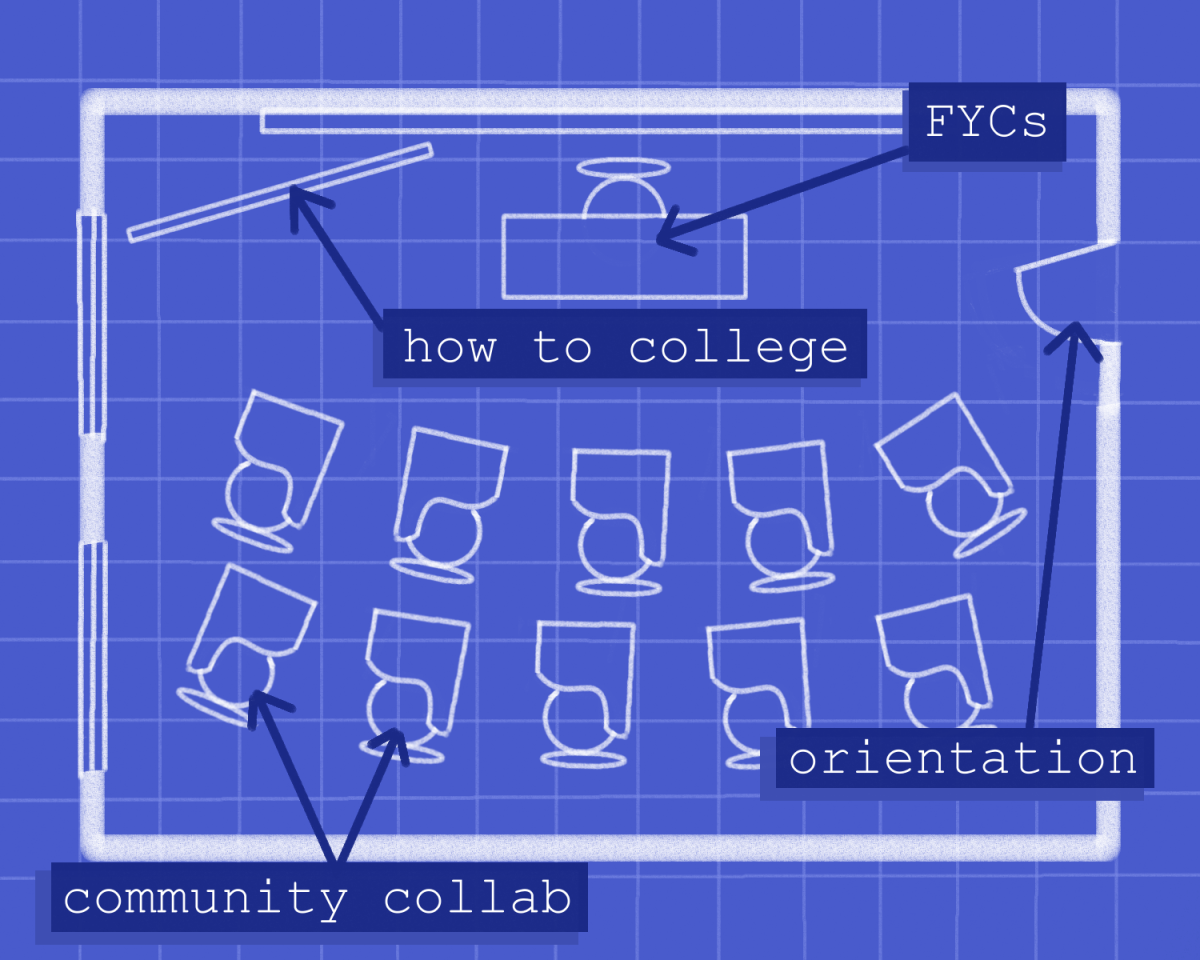54K+ H/C HS AU K/S ST (TOS) PWP.
To many, this line of seemingly miscellaneous letter combinations is absolute gibberish. Or it may be obvious that it’s a code of some kind, but not one you’re familiar with. But for those who read, write and appreciate fanwork, these 22 characters tell an entire story.
At its simplest, a fanwork is content inspired by content created by someone else. It can be fanfiction (a story), fanart (art), or whatever other medium you can think of. These works are shared through websites, conventions, archives, forums and zines. Sometimes they are formally published, as in the case of the countless Pride and Prejudice unofficial sequels out in the market. Fandom (a moniker for the groups of fans around a particular series, or of fanwork in general) is an ever-growing and developing community, with internal politics, currencies (such as comments, reblogs, page hits, kudos) and even its own language, if the intensive system of acronyms and other shorthands are anything to go by.
At its most complex, fanwork is the transformative process for fans around the world who consume media and appreciate it enough to change it to fit their own whims. It could mean imagining what would happen five years after a series finale. Or writing a coda to explain a plot hole. Or drawing a picture where your ship (a relationship you think of as sexual and/or romantic) kisses despite never having met in the book. Or you can write a PWP, or “porn without plot,” similar to erotica but now starring characters from a favorite series getting it on.
While the entire creation of this interactive media is interesting, fanwork involving sex and/or romance (and especially PWPs) to me represents something more than just imagining a new adventure for favorite characters. In fandom, there is a fine line between canon—what is explicitly said in the text—and not canon—what may be implicit or seemingly nonexistent. Shipping fanwork takes this and goes further, repurposing the dynamics between characters of the original source text. It means watching and rewatching a scene featuring your ship for the off chance you find something illuminating, or listening for the smallest innuendo in dialogue. Even the smallest bits of interaction are not taken for granted: a minute-long exchange can easily be the fodder of thousands of fanworks.
This in-depth interpretation of canon puts the consumer in control, and what was once assumed as true does not have to stay that way. Non-canon ships put together characters based on the possibility that those characters would be good and/or hot. Characters can be into whatever kink, position, sexual act or fetish you can think of. (Seriously. Anything. Kink memes are entire forums where fans ask for and create their most wondrously obscure, creatively deviant and/or wantonly domestic desires. It’s a time-honored tradition, with some of the best fanwork coming out of this hive-mind exchange of ideas.)
Even sexuality cannot be taken for granted: while most media assumes its characters are straight, fanwork creators often assume otherwise. In fact, a large part of many popular fandoms consist of slash (men with men), and to a disappointingly lesser extent, femslash (women with women), ships involving trans* characters, and OT3/4/5+ (polyamorous relationships).
From a sex positive standpoint, self-driven and curious-as-all-hell exploration is one of fanwork’s main positive interventions in the media’s blanket vanilla heterosexuality. Fandom—and slash/femslash/etc. fans especially—ingests media but asks more from it. If a show presents two men performing the same actions that would usually be read as romantic and/or sexual overtones if one was a woman, why can’t we imagine them together? What if these characters meet; how would their personalities work in a relationship? Given the context of and the characterizations within a series, how could a kinky or polyamorous or incestuous or interspecies (such as angel/demon or alien/human) relationship play out? What would this all look like if I explored this topic/kink/sexuality/ship?
And the most important question: Who’s going to stop me?
Fandom is not perfect. Not all fanwork is good; lots of it, in fact, is downright awful. There’s always drama somewhere. You are bound to run into some kind of -ism eventually. Many fanworks are decidedly not sex positive, exploiting and perpetuating simplified representations of dangerous, unhealthy, non-consensual relationships. There is also a deep culture of queer fetishization that crosses into homophobic, and the amount of hate directed at women characters signal some major (largely internalized) sexism.
And yet, there is such great potential in fandom that I can’t even be really angry about its faults. Fandom is a space to think beyond the given. To imagine difference. To actively participate in and respond to the media we consume. To reassert queerness and non-vanilla sexualities. To learn. To play. Sometimes the play goes astray, but in the end, it’s still a great and fun and erotic time, and let’s be real: if I came across a fic that fulfilled all the acronyms I listed in the first line of this article, I would read it in a heartbeat because it sounds downright awesome.










Penelope Bell • Sep 9, 2019 at 12:17 pm
I’m really enjoying the design and layout of your website. It’s a very easy on the eyes which makes it much more pleasant for me to come here and visit more often. Did you hire out a developer to create your theme? Great work!